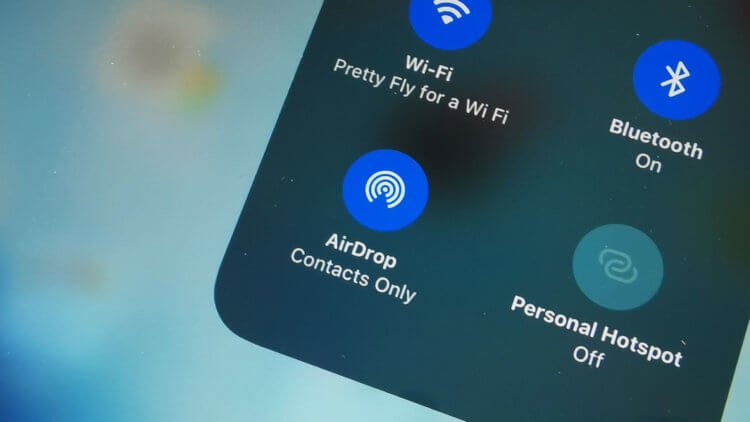Cross-implementation of new features is a completely standard practice, which both Apple and Google resort to in the process of improving their operating systems. Today one innovation appears on Android, tomorrow on iOS and vice versa. At the same time, for some reason, none of the parties has any claims to the other, and they manage to coexist peacefully for the benefit of their clients. After all, the grid in the camera application interface or the notification shade as such is basically impossible to patent. However, sometimes such ideas are borrowed that, it would seem, should be protected.

Google could not transfer AirDrop to Android, but created its own analog
Google has been working on a long-term implementation of the AirDrop wireless technology analog. It originally appeared on smartphones Apple, most recently Xiaomi, Vivo and Oppo presented their own vision of the protocol, and now, apparently, the ability to quickly exchange heavy files via air will appear for everyone else. In any case, this is precisely the advantage of AirDrop over Bluetooth, which has insufficient data transfer speed.
AirDrop for Android

Nearby Sharing is not a full-fledged analogue of AirDrop
Initially, the project of wireless data transfer technology for Android was called Fast Share, as evidenced by references from test builds of the operating system. This name, obviously, was given to the development because of the high throughput. But either Apple intervened and made it clear that she was not ready to endure copying her own ideas, or the developers of the search giant did not succeed, but ultimately the technology was renamed, christening it Nearby Sharing. Moreover, the company really had a sense to do so.
As it turned out, the key feature of Nearby Sharing is not the transmission speed as such, but the close proximity of the transmitting and receiving sides to each other. From the description of the function, discovered by the developers from the XDA team, it follows that Nearby Sharing requires that the transmitter and receiver devices are at a distance of no more than one foot, which in metric terms equals about 30 centimeters. That's really really nearby (from English – close).
How Nearby Sharing differs from AirDrop
I don't know what exactly forced Google to limit the distance at which the new data transfer technology will work, but from a practical point of view, this may not be enough. After all, not only is it necessary to come close to each other to pair the devices, it is also impossible to disperse so as not to break the connection and cancel the transfer of the files being sent. AirDrop, which works at a distance of several tens of meters, is much preferable and more private in this regard, since it allows you not to disturb the personal space of another person.
However, it is possible that Google did this on purpose to ensure the security of the new protocol. After all, as you know, users Apple often complain that they become victims of AirDrop mailings with inappropriate content. And since the sender can be at a distance of 50 or even 100 meters, there is no hope of finding out who decided to crank up the attempt of virtual harassment. With Nearby Sharing, this cannot happen in principle, because the transfer is carried out only under the condition that users are at least in sight of each other.
